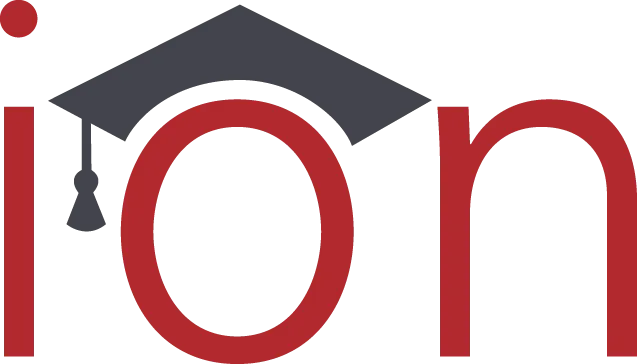The changes within the Department of Education and Federal Student Aid raise concerns about the rising threat of student loan defaults. While the Q1 2025 data for student loan delinquency is pending, the Q4 2024 data showed delinquency rates that were three times higher than before the pandemic payment pause. Nearly 9 million borrowers are delinquent, with 4.2 million past the critical 90-day delinquency threshold.
This surge directly threatens cohort default rates, which can jeopardize institutional reputation and access to vital federal funding. The resumption of loan payments post-pandemic, coupled with ongoing legal challenges, demands a proactive approach from colleges to mitigate student loan defaults.
The federal student loan on-ramp period ended on September 30, 2024, meaning October 1st marks the first date to track student loan delinquencies. Most federal student loans are considered “in default” after 270 days of missed payments; this means the first cohort of borrowers will reach default on June 28, 2025.
Student Loan Repayment Plan Updates
- SAVE Plan Uncertainty: Student loan borrowers enrolled in the SAVE income-driven repayment plan remain in forbearance following a court injunction last July and a complete blocking in February. No final decision was issued on what will happen to borrowers who enrolled in SAVE.
- IDR Plan Reinstatement: Last week, income-driven repayment plan applications were reopened. The recent disruption highlights the need for robust communication and support systems to guide borrowers through complex repayment options.
- PSLF Scrutiny: Potential changes to Public Service Loan Forgiveness could affect graduates employed in public service, impacting their ability to repay loans and potentially influencing student loan defaults.
- Department of Education Restructuring: The proposed transfer of student loan management to the SBA, coupled with significant staff reductions at the FSA, introduces further uncertainty. Colleges should anticipate potential loan servicing disruptions and proactively address borrower concerns to minimize student loan defaults.

Strategic Default Aversion: Support Borrowers and Minimize Student Loan Defaults
To support borrowers and minimize student loan defaults, colleges need a strong default aversion strategy that includes:
- Proactive Borrower Communication: Maintaining clear and consistent communication about repayment options and potential changes within Federal Student Aid.
- Data-Driven Intervention: Utilizing data analytics to identify at-risk borrowers and provide targeted support
- Self-Service Repayment Portal: Giving borrowers a single portal to manage and track their student loan repayment
- Live Student Loan Counseling: Providing access to student loan repayment specialists who can conference call with servicers to help borrowers change their repayment plans.
IonTuition’s student loan default aversion solution is designed to help colleges navigate these challenges and protect institutions from high Cohort Default Rates. Join us for a live webinar on April 9th to learn more about the upcoming CDRs and the return of student loan defaults.

